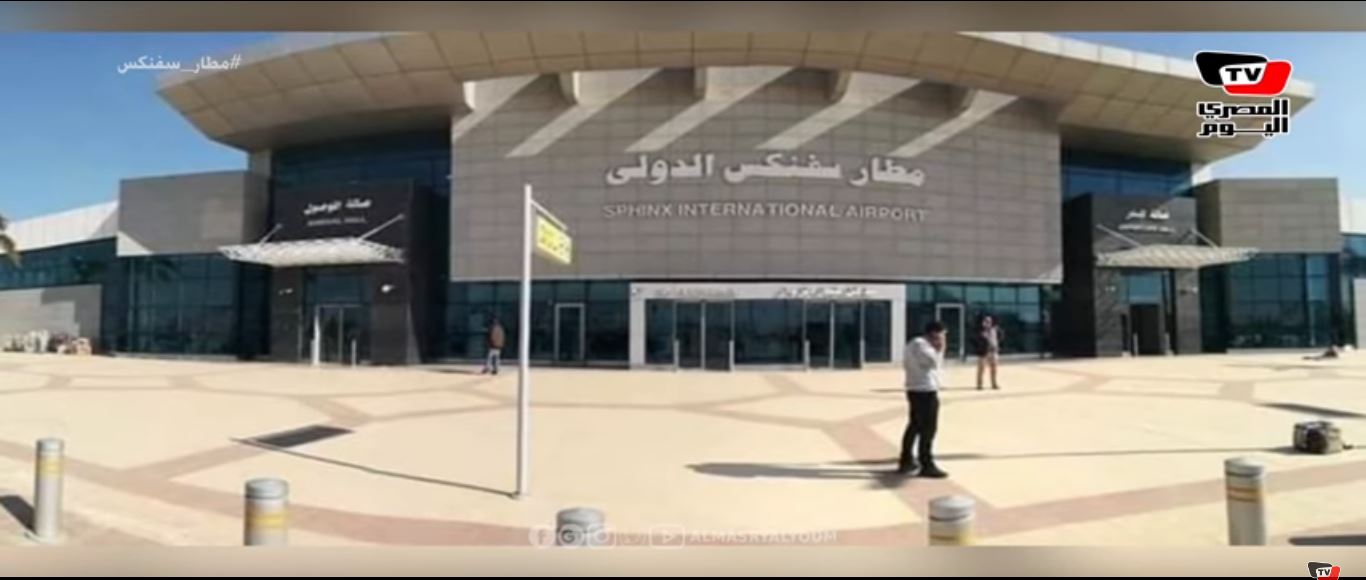
The Sphinx International Airport received an international flight on Monday from the Spanish capital Madrid, with 176 passengers of the Nesma Airlines on board.
International flights were operated at Sphinx Airport after development work concluded, which aimed at increasing the airport’s capacity to serve tourism in the pyramids and Giza areas and encourage one-day tourism.
The Sphinx Airport achieved remarkable success in short amount of time, with great turnout from airlines and tourists due to its proximity to areas such as Giza which includes some of the biggest monuments in Egypt.
The airport was inaugurated in January 2019, and saw a 15-day pilot operation for EgyptAir’s domestic flights. It received the first international flight from the Fly Jordan company in January 2020.
Located west of Cairo, the new LE300 million airport holds great touristic importance due to its proximity to the Giza Pyramids, the Grand Egyptian Museum, and other historic areas in Cairo and Giza.
The airport’s main building features two halls: one for departure with an area of 975 square meters, and another for arrival with an area of 1100 square meters and a capacity of 300 passengers per hour.
The building also features a VIP lounge and five counters, as well as 42 administrative, customs, security, and other service offices over an area of 26,000 square meters
The airport comes equipped with modern air control, an Instrument Landing System, Distance Measuring Equipment, and high-efficiency security devices, according to the Al-Ahram website.
These devices include x-ray passenger and cargo inspection devices, the latest thermal surveillance cameras, and automatic fire alarms.
A main electricity station powers the airport, and feeds eight other substations. Other features include a concrete water tank, with a 1500-cubic meter-capacity to feed the water and fire networks, a meteorological building, a mosque, and a parking lot that can accommodate hundreds of cars.
Construction work on the Sphinx Airport began in 2016, and was registered and calibrated by the International Civil Aviation Organization. Built as the 33rd airport in Egypt’s history, it is located at the Cairo-Alexandria desert road.




